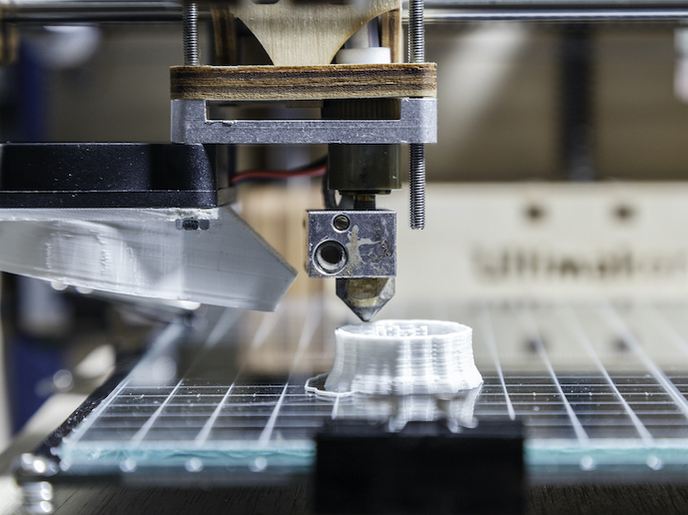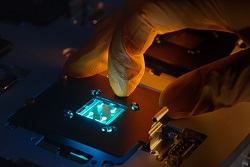From physical to digital mock-ups
The proposed DMUs are not completely new models, but rather an integrated set of existing tools and new demonstrators within a structured simulation environment. As a basis to functional specification, a common set of user requirements were identified. These led to the design and development of the core system, which constitutes the integration framework. This system provides visualisation facilities, the capabilities for designing user interface and the overall system design as well as methodologies for data handling and exchange. The combination of the core system and existing simulation tools allowed the design and development of demonstrators. These may be used in various areas of application, such as dynamics, flexible parts, electromagnetic compatibility (EMC) and aerodynamics. The integrated technology allows designers to simulate all product functionalities under operating conditions within a DMU. Apart from designers, manufacturing planners and management can also make effective decisions related to the concept, design and all downstream processes. This functional simulation technology may find applications in automotive, aerospace and various manufacturing industries, such as house appliances, machine-building, ship-building and many others. It offers a concurrent engineering working environment for user companies independently of their size and product configuration. This involves significant reductions in the development time, improved quality and substantial decrease of redesign costs. Moreover, reductions of physical mock-ups, scrap material as well as unnecessary resources and service tools may provide economic benefits expected in the long-term. New ideas coming from users could enable IT vendors, to develop new products and/or adapt and improve existing products to match user requirements. Most of the concepts and software are commercially available. The project consortium is looking for further co-operation in joint research and implementation projects in all areas of their expertise.







